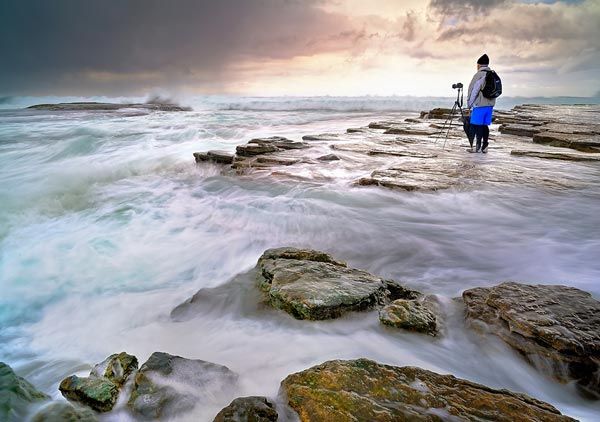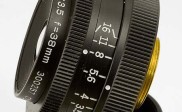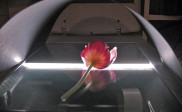Beach Photography Tips and Techniques
The Call of the Sea
Photography is both art and science; photographers must have a good feel for shot composition, but that will be wasted if they lack the knowledge and technical skill to capture that image correctly. Many environments, however, can pose serious challenges even for experienced photographers. The most infamous is the beach, full of sand and water and the potential for ruined photos. Thankfully, digital cameras and photo-editing software have taken a lot of the guesswork out of beach photography and made it easier for everyone to snap photos that capture the enchantment of sand and foam.
The Rule of Thirds
Beach photography can be drastically improved using the rule of thirds. This is a fairly basic photographic concept and is essential for a well-balanced photo. The premise is simple: divide the scene into horizontal thirds; the horizon should live in either the top third or the bottom. The rule of thirds doesn’t just apply to the horizon, however. Divide your camera frame into horizontal and vertical thirds, also noting where those lines intersect. The most pleasing photographs have major objects along those lines or at the intersections. For example, consider a shot of the beach, the ocean and a large sailboat that’s fairly close to the shore. The photographer must consider two compositional factors here: the horizon and the boat. For the best results, conform your scene setup to the rule of thirds.
Good Morning, Sunshine!
The quality of photographs taken at the beach depends largely on the time of day at which they were taken. The sun can help or hinder a photographer, so it’s important to choose a window of time with flattering light. Many photographers prefer to take their beach photographs about two hours before sunset. At that time, the light is low, warm and inviting, but the resultant shadows are usually manageable and less likely to ruin an otherwise fine photo. Other photographers prefer to work in the hour or two after sunrise, for the same reasons.
Handling Brightness at the Beach
Daytime beach photography presents one major technical hurdle: excessive brightness. To compensate for this, photographers generally increase their shutter speed, use an ISO setting between 100 and 200 and an aperture between f14 and f22. The proper camera settings for sun-drenched locations such as the beach depend on the intended subject, the weather conditions present during the photo shoot and the equipment the photographer is using. Inexperienced photographers who don’t have access to a light meter often enjoy success using the “Sunny 16 Rule”: shooting with an aperture of f/16 and a shutter speed of 1/125 on ISO 100 film. When using 400 ISO film, the aperture should be set at f/16 and the shutter speed at 1/400; on ISO 800 film, the aperture should be set to f/16 using a shutter speed of 1/800. The Sunny 16 Rule isn’t a panacea for all super-bright photographic conditions, but it provides a solid place to start for all photographers using analog equipment.
Fascinating Finds
It’s also very important to choose an interesting setting for beach photography. Sand and water are a given, but the most interesting beach photos include elements such as unusual rock outcroppings, crumbling piers, or undulating dunes sprouting bright green reeds. It doesn’t matter if you’re photographing people or just snapping some still-life shots; these unexpected elements add a unique character that’s missing from many simple shots of sand and foam. Don’t neglect to turn away from the water, either. It’s tempting to just point the camera at the waves and let rip, but if you’ve got an interesting coastline, don’t ignore it. Try aiming the camera parallel to the coast, especially if there are cliffs or huge boulders.
Safety Matters
The beach is a risky environment for electronics; sand and salt can quickly ruin expensive cameras and lenses. Don’t rush. Take your time to secure everything in its proper place before changing locations, and use neck or wrist straps. With your equipment protected, you’ll guarantee a return trip in pursuit of more gorgeous photos.





I like it very much especially the information you have posted here is like training. I love the presentation of information.
I love the beach. Beach photography. Love it!